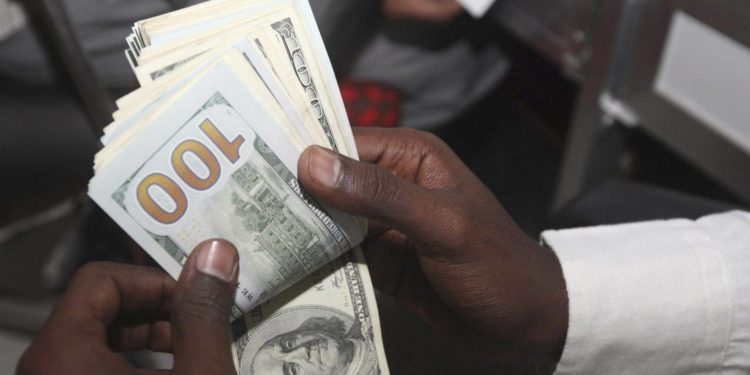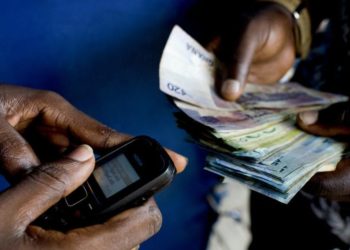“The cumulative inflows for the 12 months to February 2024 totalled $4,330 million compared to $4,026 million in a similar period in 2023, an increase of 7.5 per cent,” CBK says in the bulletin.
The decrease in the value of the dollar relative to the local currency implies that individuals receiving remittances back home are not benefiting as much in terms of purchasing power compared to when the local currency was depreciating.
Findings from Western Union’s first Global Money Transfer Index back this sentiment as reports indicates that approximately 67% of Africans living abroad tend to send higher amounts of money when the value of the currency in their home country decreases.
Additionally, around 65% of recipients agree that they receive more money when the value of the currency falls.
On Friday, the Central Bank of Kenya (CBK) stated that the shilling was valued at 135.14, showing an increase of approximately 25 units from its lowest point of 160 in January.
The shilling officially surpassed the 160 mark on January 15, reaching its lowest level on record. The central bank attributed this depreciation to the pressure from the $2 billion Eurobond, which is due in June 2024.
However, the state last month paid back $1.5 billion of the debt, marking a successful settlement of the buyback plan hence boosting investor confidence. This was after the government successfully issued the $1.5 billion Eurobond for the buyback plan, with the National Treasury confirming in a statement that the issue was to fund the offer.


















